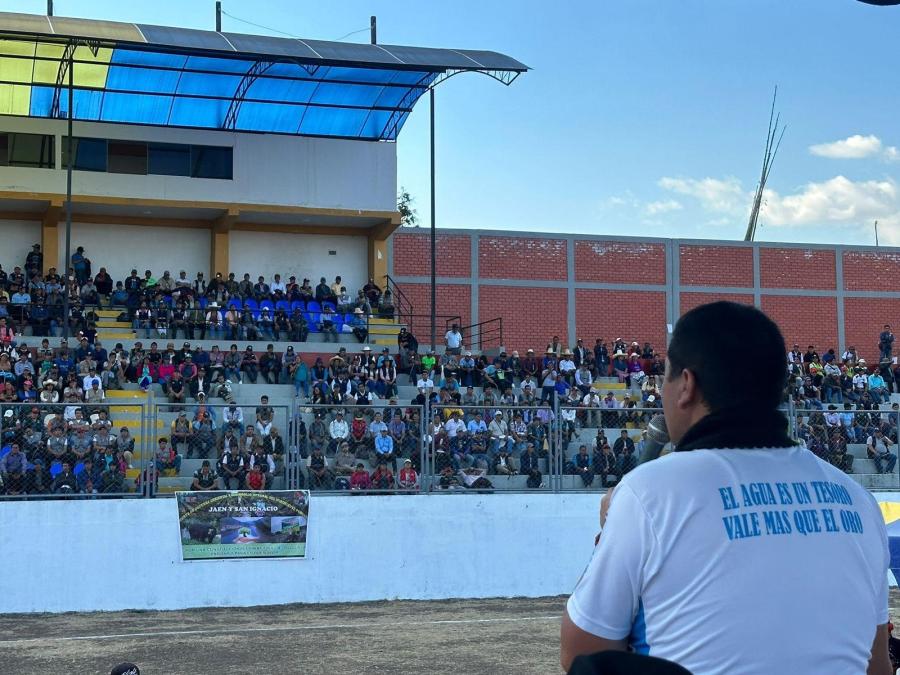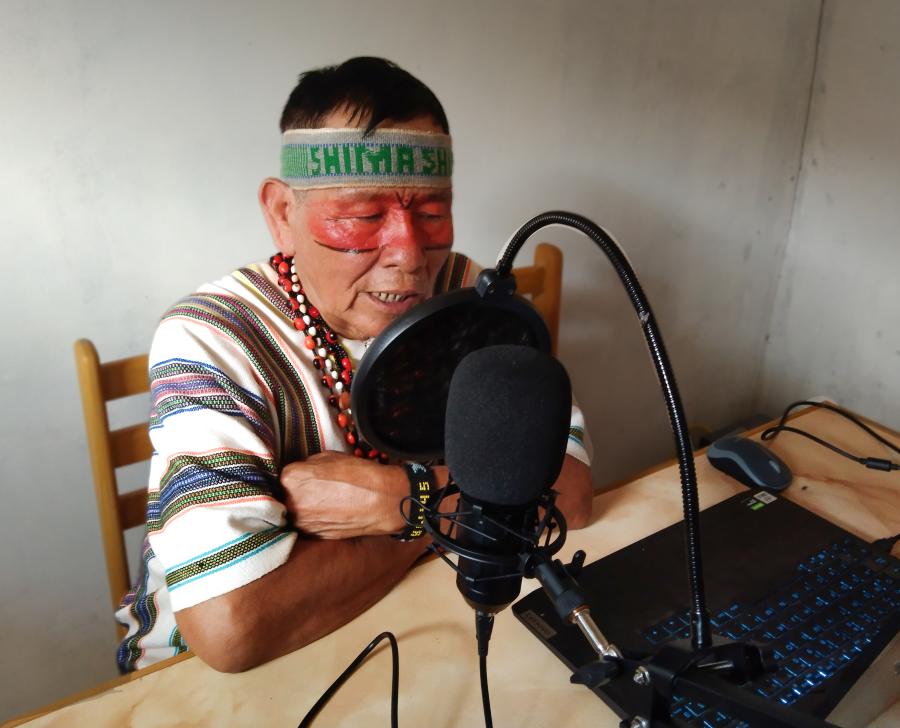Andean Lives: Gregorio Condori Mamani and Asunta Quispe Huamán
In Andean Lives, Gelles and Martínez provide the first complete English translation of the testimonios, or `testimonial narratives' of Gregorio Condori Mamani and Asunta Quispe Huamán, indigenous Quechua speakers from southern Peru. The two testimonial narratives were recorded in the mid-1970s by Peruvian anthropologists Ricardo Valderrama Fernández and Carmen Escalante Gutierrez and were first published in 1977 in a bilingual Quechua-Spanish edition. This work, one of the most widely diffused written texts in the Quechua language, had previously been translated into Norwegian, German, and Dutch. Gelles and Martinez's English translation brings these moving and important life stories to a whole new audience. As such, it is a welcome addition to the published literature in English on Andean cultures.
The first, and by far the longer of the two testimonios, is that of Gregorio Condori Mamani. In his 60s at the time he recorded his story, Gregorio details his life starting from his childhood as an orphan forced into servitude. He then recounts a stint in the army, nine months in jail for eating stew made with meat of a stolen cow, the death of two wives and a son, work in a textile factory, and finally his life in Cuzco with Asunta, his third wife. At the time the narrative was recorded, Gregorio was working as a `strapper,' a porter who toils transporting goods on his back through the streets of Cuzco like a human pack animal.
Asunta's narrative is a mere 25 pages, but even it its brevity it is as rich and moving as Gregorio's story. Asunta's personal account tells of violence at the hands of family, employers, and husbands, and the deaths of several of her children. But her strength and resilience are evident in her poignant narrative. Indeed, it is her matter-of-fact telling of these stones that is so moving. Both of these life stories are, as Gelles states in the Introduction, "vivid testimonies to the beauty and the brutality of everyday life in the Andes."
With any testimony, there is a question of authenticity The acts of transcribing, translating, and editing all mediate Gregorio and Asunta's voices. Gelles acknowledges this in the Introduction and provides an intelligent discussion of the testimonial format-of both the inherent mediation and the unique perspectives these stories provide. Gelles' Introduction and the editors' extensive endnotes also provide a thorough explanation of the translation strategy and specific points of clarification.
Gelles and Martinez's goal was to provide "a readable and inviting translation" of these narratives, and they have succeeded. The book is a worthwhile read on various levels. As a scholarly contribution, the notes and introductory material offer insight into the problems of translation and the testimonial genre, as well as background information on the historical and social context of the narratives. The life stories of Gregorio and Asunta can also stand alone, providing a moving and personal glimpse into the lives of the Andean nations' long-oppressed cultural majority.
Article copyright Cultural Survival, Inc.


